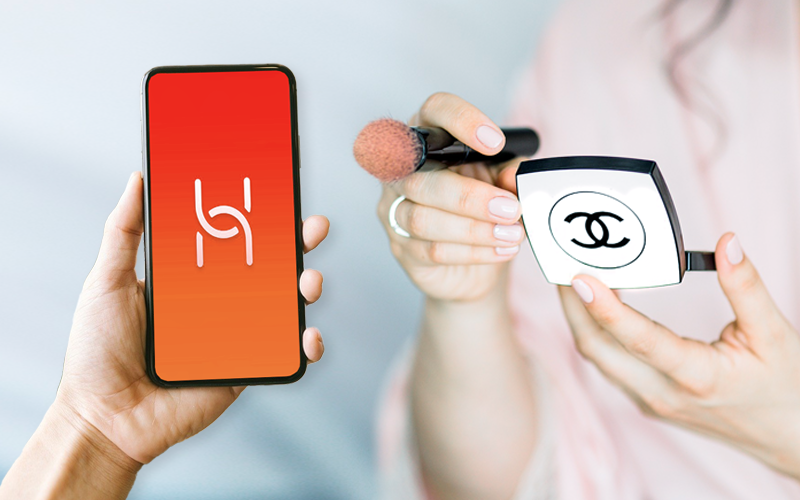
With the news beginning to focus on life other than Covid, there has been an increase in media attention on trade mark infringements. In recent weeks, it has emerged that, in a long (and possibly continuing) battle between Huawei and Chanel, Huawei has been successful with the outcome of a dispute at the General Court of the European Union in relation to their trade mark application.
In 2017, Huawei submitted an application to the EU Intellectual Property Office (EU IPO) for the registration of its computer hardware trade mark. The mark submitted consisted of two curves interlinked in a vertical manner each in the shape of a ‘U’. Chanel challenged this on the basis that it was materially similar to their well-known mark which interlinks two curves each in the shape of a ‘C’. In 2019, the EU IPO dismissed this objection on the basis that the marks were different.
However, Chanel did not agree and so appealed to the General Court. The General Court have held that the marks were different on the basis of the differences in the rotation of the marks, the curvature of the shapes and the thickness of the line. Chanel now have the option to appeal the decision to the European Court of Justice.
So what makes a good trade mark?
A trade mark is a mark which distinguishes your goods and/or services from those belonging to someone else. Whilst unregistered trade mark rights exist automatically after a brand has been used for a period of time, registration of a mark does give stronger rights.
Before submitting a trade mark application for registration, it is worth considering what goods and/or services your mark will be used for. There are 45 different ‘use classes’ which group together similar goods and/or services. It is very important that the correct use classes are selected for your mark prior to application. When determining this, it is worth considering any areas which you plan to develop your business in.
When the relevant trade mark office receives a trade mark application, it will determine whether the mark is acceptable for the type of goods and/or services which it will be used for. For a mark to be successfully registered, it can’t be similar or identical to anyone else’s mark. An application could be objected to or a claim for infringement raised if sufficient checks are not carried out before launching the brand or registering the mark. As such, a detailed trade mark search should be undertaken before an application is submitted.
In order to be successful in a trade mark application, it is worth considering the following:
- The mark MUST be distinctive for the goods and services which it will represent (i.e. it should not be similar to any other mark which is being used for similar goods and/or services);
- It MUST NOT be a protected emblem or symbol, e.g. a flag or a hallmark;
- It MUST NOT describe any characteristics of the goods or services being provided, e.g. the purpose or geographical origin of the goods/services, for example ‘Scottish Salmon’.
Once registered, the trade mark belongs to you and you have the ability to prevent others from using it.
Our team have experience in drafting trade mark applications and conducting trade mark searches in a variety of different sectors both in the UK and internationally. If you would like to discuss registering a trade mark in more detail, please contact our trade mark team on 03330 430350 or email kwilliams@thorntons-law.co.uk

